Data is critical for an accurate, targeted, and timely response to natural disasters. As discussed in my last blog, climate change and natural disasters have an unequal impact on our communities. These environmental injustices disproportionately affect our most vulnerable populations: communities with factors such as low socioeconomic status, household characteristics (like age, disability, single-parent households, English language proficiency), racial and ethnic minority status, or housing type and transportation barriers.Healthcare professionals need data to inform their response as indirect fatalities (such as those caused by lack of electricity, dialysis, or clean drinking water) can comprise almost half of all deaths after a disaster–especially a hurricane. Educating patients and communities before storms and outreaching to vulnerable patients after are two ways to help reduce indirect casualties.
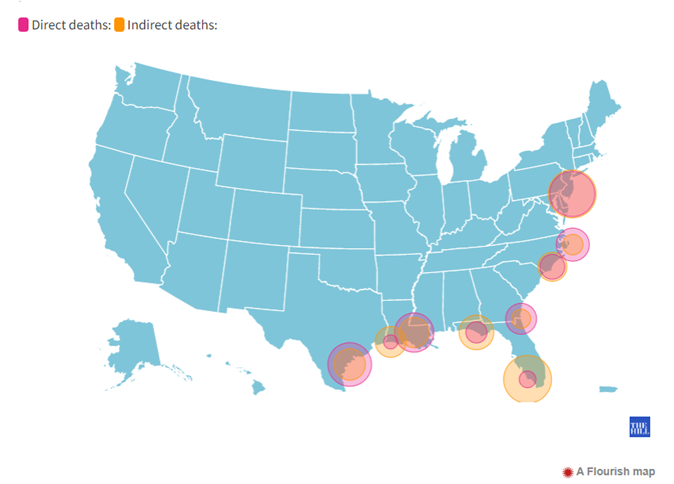
Figure 1. Direct vs. Indirect Deaths caused by the most devastating storms to make U.S. landfall between 2010-2022 (not including Ian). Retrieved from: https://thehill.com/policy/energy-environment/3673850-in-hurricanes-more-people-die-from-indirect-causes-than-storms-themselves/
Azara tools can help identify patients (by aspects like risk, chronic conditions, zip code, medications, and social determinants of health), outreach to individuals, and assign and track patient follow-up.
Identifying Patients
Filters and grouping options in DRVS are key for identifying high-needs patients after a natural disaster; they allow users to combine multiple metrics to narrow down the total patient population. Using the Patients with UDS Qualifying Encounters measure, you can add filters such as Zip Code, Patient Diagnoses, Homeless Situation Past Yr, Patient Risk (if your practice has the Risk Stratification Module), and SDOH.

Figure 2. Screenshot of DRVS showing the Patient with UDS Qualifying Encounters measure with different filters added.
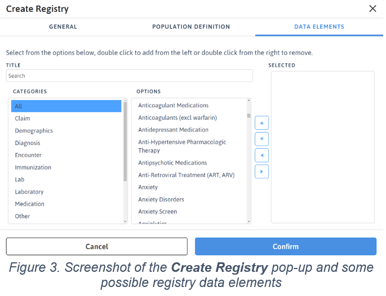 With a custom Registry, users can define inclusion and exclusion criteria and add over 600 columns of clinical and demographic details to generate a list of patients to outreach to. A Custom Registry allows users to review multiple diagnoses, medications, and vital signs at once and use a configurable date range to identify patients with visits in the past or with appointments scheduled in the future.
With a custom Registry, users can define inclusion and exclusion criteria and add over 600 columns of clinical and demographic details to generate a list of patients to outreach to. A Custom Registry allows users to review multiple diagnoses, medications, and vital signs at once and use a configurable date range to identify patients with visits in the past or with appointments scheduled in the future.
Outreach
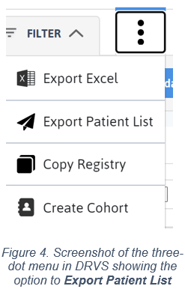 After identifying at-risk or vulnerable patients, practices can export these lists directly to CareMessage or Luma Health with Azara Patient Outreach (APO) or manually to whatever patient engagement and outreach tool is in use. In the detail list of any measure or in any registry, users with APO Administration can use the three-dot menu to export the designated list of patients directly to the CareMessage or Luma Health platform and configure the details of the text message within the text-messaging platform. If you do not see the option to Export Patient List, please contact the Azara Support team.
After identifying at-risk or vulnerable patients, practices can export these lists directly to CareMessage or Luma Health with Azara Patient Outreach (APO) or manually to whatever patient engagement and outreach tool is in use. In the detail list of any measure or in any registry, users with APO Administration can use the three-dot menu to export the designated list of patients directly to the CareMessage or Luma Health platform and configure the details of the text message within the text-messaging platform. If you do not see the option to Export Patient List, please contact the Azara Support team.
For practices without APO, registries and detail lists contain patients’ contact information including phone number, email, and home address.
Tracking Follow-Up
With the same list of patients identified for outreach, practices with Azara Care Connect (ACC) can use the Care Management functionality to continue to work with these individuals. Admins can use the three-dot menu on the detail list or registry to create a cohort. Then, in Cohort Administration, users can configure if the cohort is included in ACC.
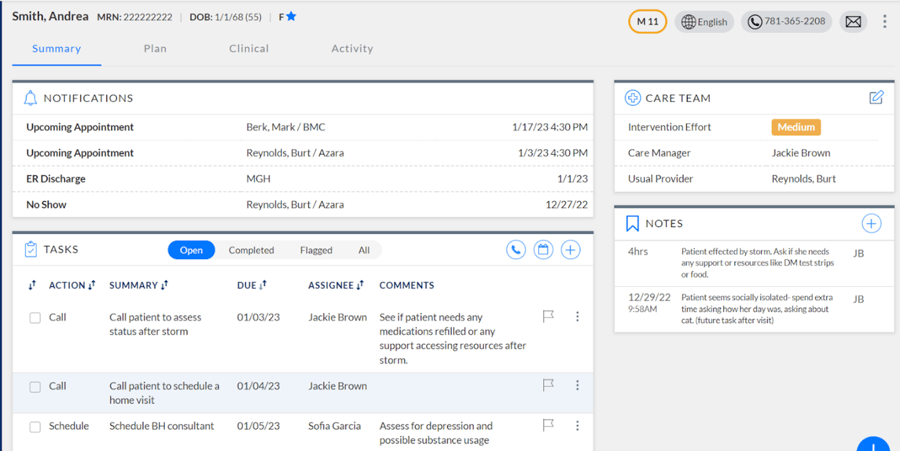
Figure 5. Screenshot of a patient in Azara Care Connect
Once in ACC, users (often Care Managers or Community Health Workers) can review patient details, create patient-specific notes, and document tasks needed to support the patient. If you are interested in learning more about Azara Care Connect, reach out to your PCA/HCCN, Azara Representative or solutions@azarahealthcare.com for additional details.
Data can drive action and the data available in Azara tools can help facilitate those decisions. Recent storms have shown us how access to medical care is critical for patients’ health and safety. As climate change continues to disrupt normal weather patterns and exacerbate health inequities, practices must quickly and effectively respond to meet their communities’ needs. If your practice has used Azara tools after a natural disaster, we would love to hear from you!
Related Articles
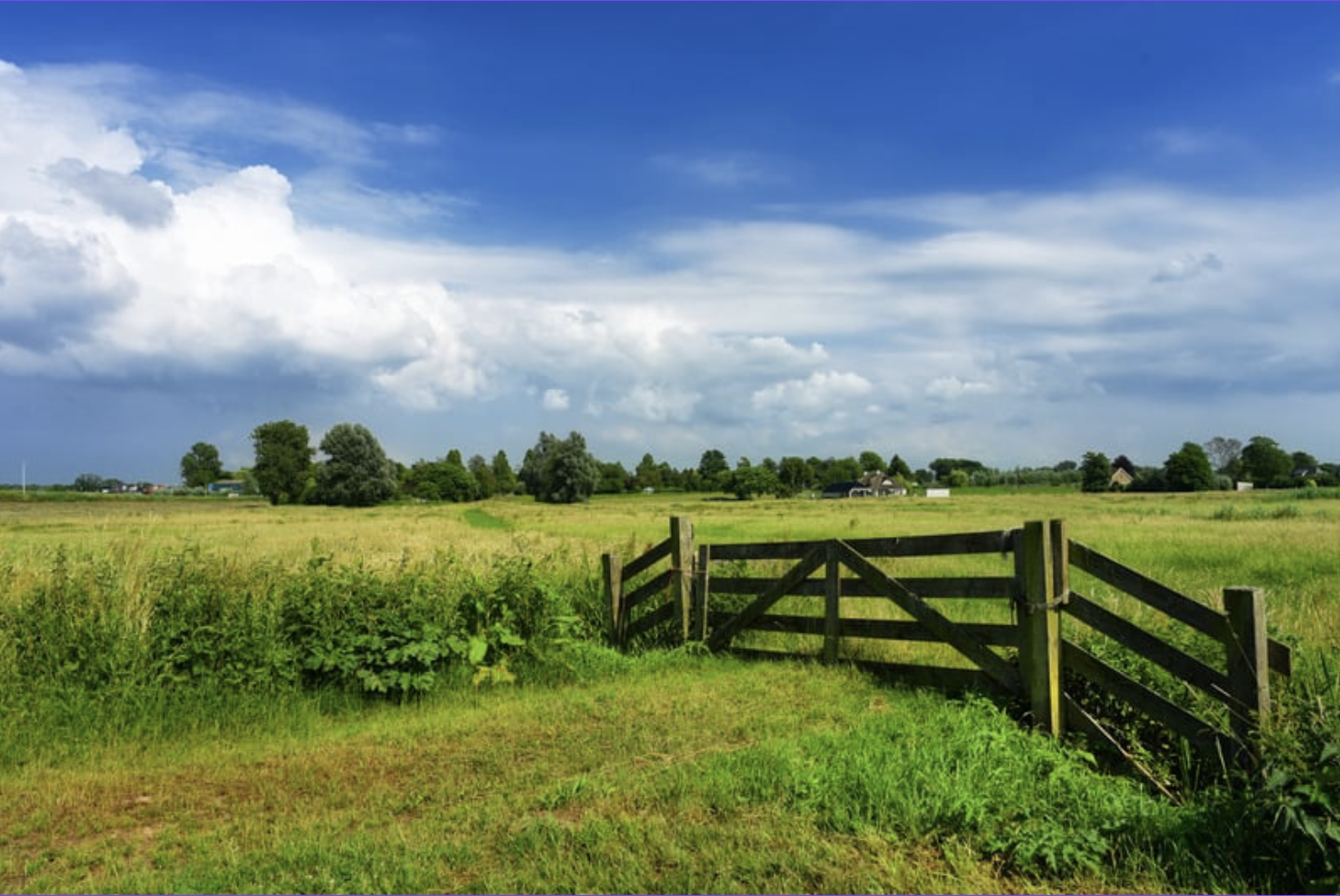
Keeping Care Close to Home: How Azara Empowers Rural Providers
Explore Insights
Navigating the Social Care Landscape: Five Lightbulb Moments from the SIREN National Research Meeting
Explore Insights
